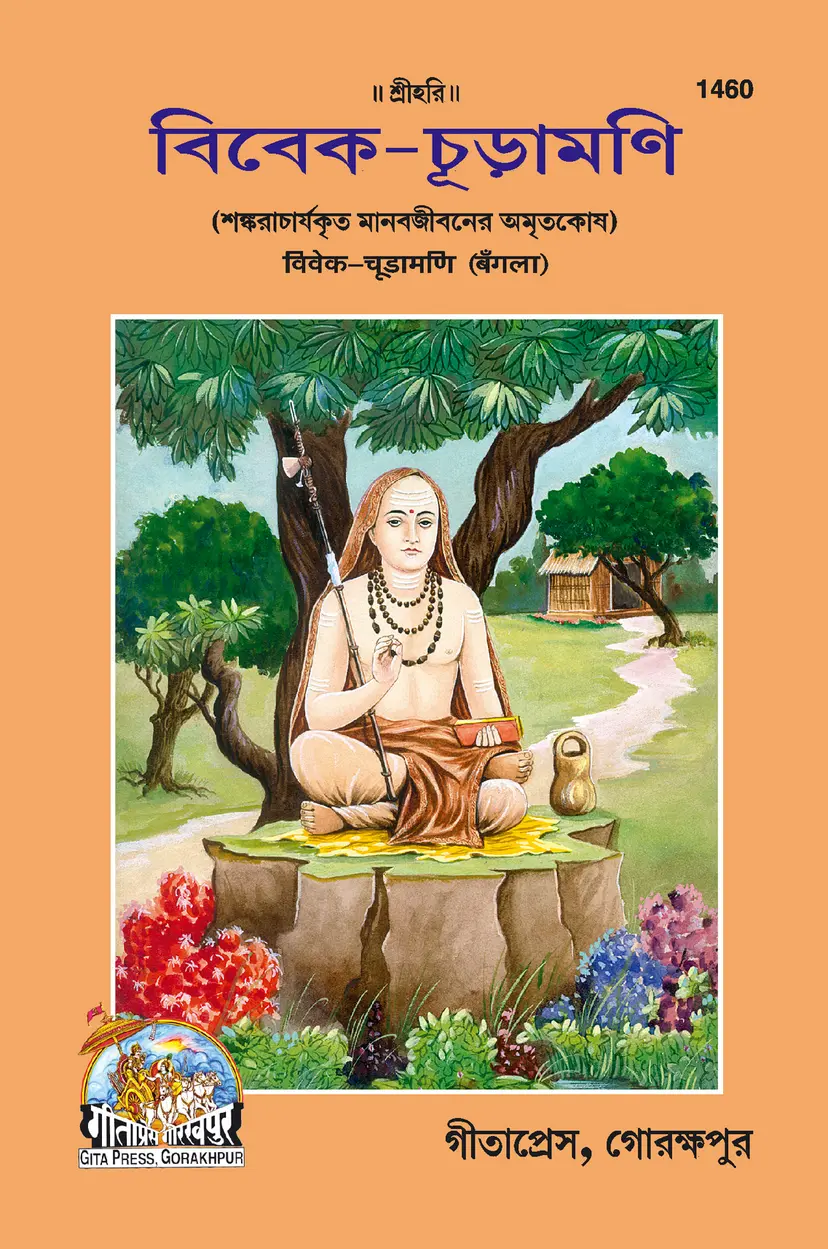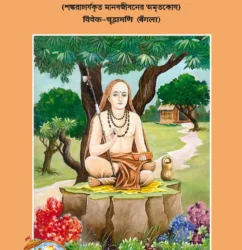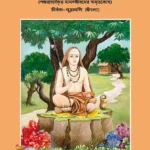Advaita Vedanta: Shankaracharya’s Life-Changing Wisdom
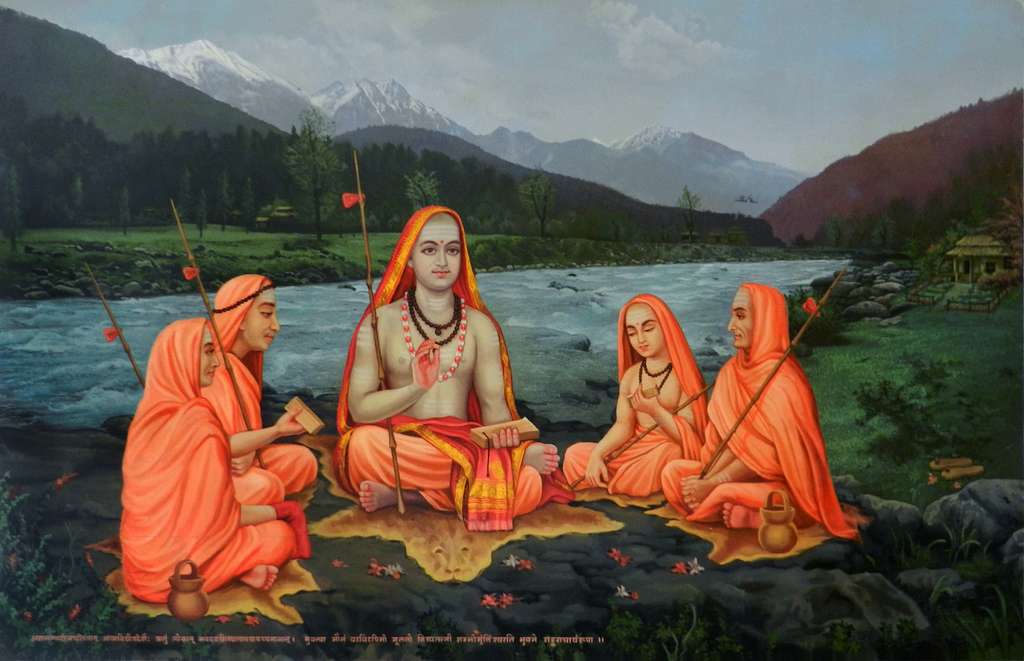
Advaita Vedanta one of the most profound philosophical schools in Hinduism.
The non-dualistic tradition was revitalized and systematized by the great spiritual luminary, Adi Shankaracharya. This school of thought emphasizes the oneness of the individual soul (Atman) and the ultimate reality (Brahman), advocating a non-dualistic approach to understanding existence. This blog delves into the essence of this philosophy, its principles, and its relevance in contemporary life.
What is Advaita Vedanta?
Meaning “non-dualism,” this philosophy asserts that the apparent diversity of the universe is illusory (Maya). According to this tradition:
- The individual soul (Atman) and the universal consciousness (Brahman) are not distinct entities but one and the same.
- Ignorance (Avidya) creates the illusion of separateness, leading to suffering and bondage.
- Liberation (Moksha) is attained through self-realization and the direct experience of this oneness.
The Role of Adi Shankaracharya
Adi Shankaracharya (788–820 CE) was instrumental in re-establishing this philosophy as a central tradition in Hinduism. His contributions include:
- Philosophical Works: Shankaracharya authored commentaries on the Upanishads, Bhagavad Gita, and Brahmasutras, which form the canonical texts of Advaita Vedanta.
- Debates and Dialogues: Through debates with proponents of other philosophies, he demonstrated the coherence and depth of Advaita Vedanta.
- Spiritual Revival: He traveled extensively across India, establishing mathas (monastic centers) to propagate the teachings of Advaita Vedanta.
Core Teachings of Advaita Vedanta
- Brahman is the Only Reality
Everything in the universe is a manifestation of Brahman, which is eternal, infinite, and unchanging. - Maya and the Illusion of Duality
The world of names and forms is transient and deceptive, veiling the true nature of reality. - The Path to Self-Realization
- Jnana Yoga: The path of knowledge and introspection to discern the real from the unreal.
- Meditation: Practicing deep contemplation to transcend the ego and realize oneness with Brahman.
Relevance of this Philosophy Today
Advaita Vedanta offers timeless insights that can address modern challenges:
- Inner Peace: Understanding the unity of existence can reduce anxiety and foster harmony.
- Sustainable Living: Recognizing the interconnectedness of all beings encourages compassionate and eco-friendly practices.
- Spiritual Growth: Its principles guide individuals toward self-discovery and fulfillment.
Conclusion
This non-dualistic philosophy, as expounded by Adi Shankaracharya, remains a beacon of wisdom for seekers of truth. Its profound teachings transcend religious and cultural boundaries, offering a universal path to understanding the essence of existence. Embrace this philosophy to experience the ultimate reality of unity and bliss.
Paths and Practices in Advaita Vedanta
1. Jnana Yoga (Path of Knowledge)
- Self-Inquiry (Atma Vichara): Questioning “Who am I?” to peel away false identifications.
- Scriptural Study (Svadhyaya): Reflecting on Upanishads and Shankara’s commentaries.
2. Manana and Nididhyasana
- Manana: Reflective contemplation to resolve doubts.
- Nididhyasana: Deep, sustained meditation to internalize the truths.
3. Bhakti and Karma: Supporting Practices
While Jnana is central, devotional worship (Bhakti) and selfless action (Karma Yoga) purify the mind, preparing it for knowledge.
Core Principles of Advaita Vedanta
1. Brahman: The Ultimate Reality
- Understanding Advaita Vedanta: Embracing the teachings of Advaita Vedanta can deepen your appreciation for the interconnectedness of life.
Brahman is the singular, unchanging reality, beyond attributes (nirguna), the substratum of all phenomena.
2. Atman: The Individual Self
Atman is the innermost essence of each being, identical in its pure consciousness to Brahman.
By studying Advaita Vedanta, one can explore the depths of consciousness and its relation to the universe.
3. Maya and Avidya: Illusion and Ignorance
Maya is the cosmic power that projects the universe as distinct forms. Avidya (individual ignorance) veils the truth, leading to the sense of separateness.
4. Moksha: Liberation through Self-Realization
Liberation (Moksha) is achieved when one transcends ignorance through direct experiential knowledge (Jnana), realizing
Atman = Brahman.
Key Texts and Commentary Works
Shankara’s scholarship crystallized Advaita philosophy. His major works include:
| Text | Type | Significance |
|---|---|---|
| Brahmasutrabhashya | Commentary (Bhashya) | Clarifies the aphorisms of the Brahmasutras, unifying Vedanta thought. |
| Upanishad Bhashyas | Commentaries | Expounds the essence of key Upanishads like Isha, Kena, Katha, and Mundaka. |
| Gita Bhashya | Commentary | Presents the non-dual interpretation of the Bhagavad Gita, focusing on Jnana Yoga. |
| Vivekachudamani | Independent Treatise | A poetic exposition on discrimination between real and unreal, outlining the path to liberation. |
Frequently Asked Questions (FAQ)
Q1: What is the difference between Advaita and Buddhism?
A: Advaita asserts an eternal, unchanging reality (Brahman), whereas Buddhism generally refutes any permanent self (Anatta doctrine).
Q2: Can one attain Moksha without renunciation?
A: While traditional Advaita emphasizes sannyasa (renunciation), many modern teachers assert that selfless action and dedication can lead to realization even while living a householder’s life.
Q3: How do I start practicing Advaita Vedanta?
A: Begin with Atma Vichara (self-inquiry), study Shankara’s writings under a qualified teacher, and integrate meditation into daily routine.
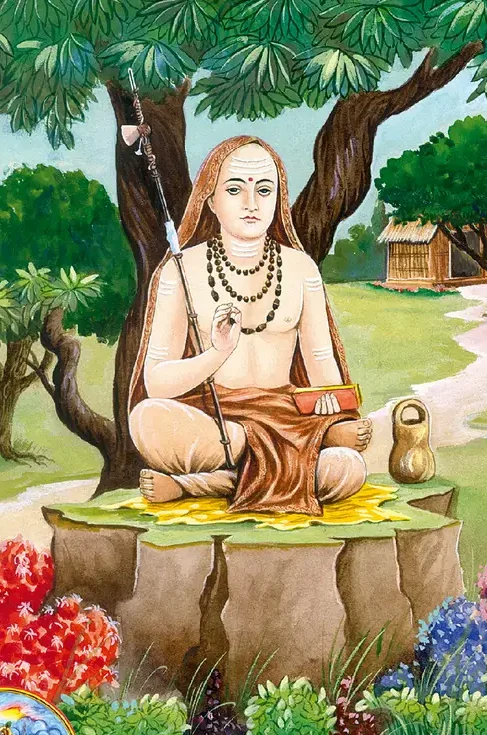
The Torchbearer of Advaita Vedanta
- Canonical Texts:
Shankaracharya wrote influential commentaries on Hindu scriptures like the Upanishads, Bhagavad Gita, and Brahmasutras, establishing Advaita Vedanta as a coherent school of thought. - Philosophical Debates:
By engaging in intellectual debates, Shankaracharya defended Advaita against other philosophical schools like Mimamsa, Sankhya, and Buddhism. - Institutional Legacy:
He founded monastic centers (mathas) in India—at Sringeri, Dwaraka, Puri, and Jyotirmath—to propagate Advaita Vedanta.
Explore More: The Legacy of Adi Shankaracharya in Modern Hinduism
The great Slogan for the Victory of Sanatan Dharma .










